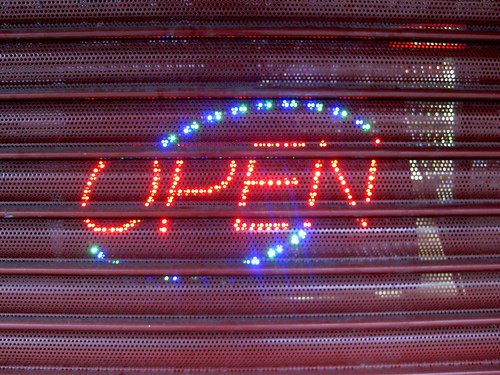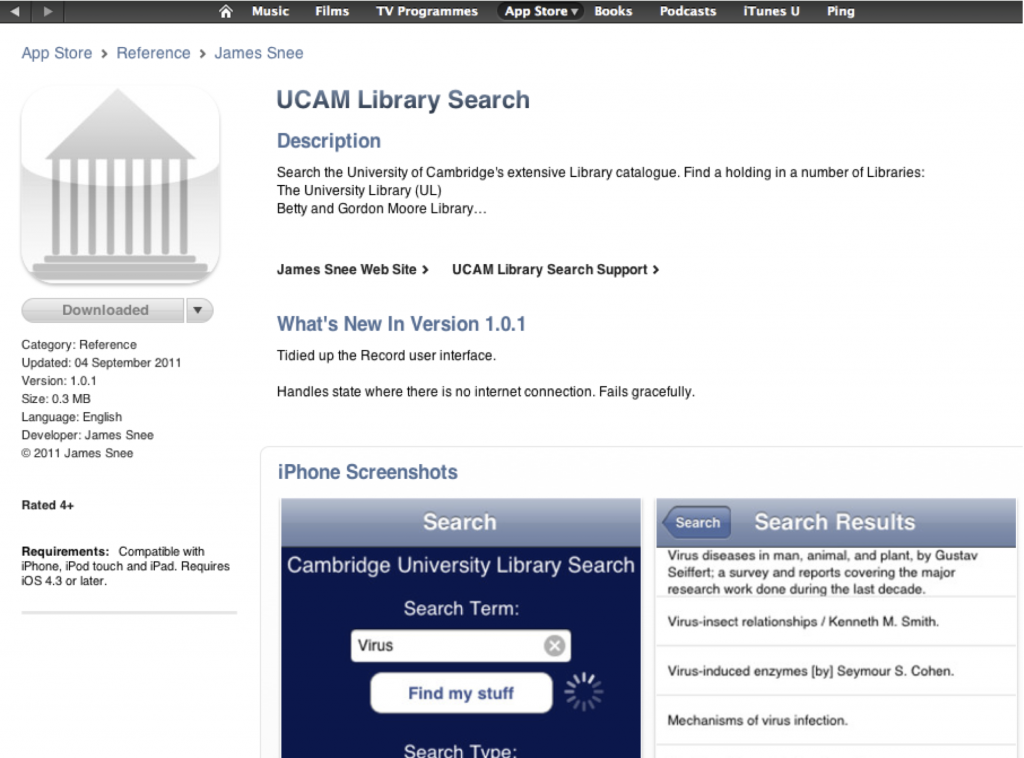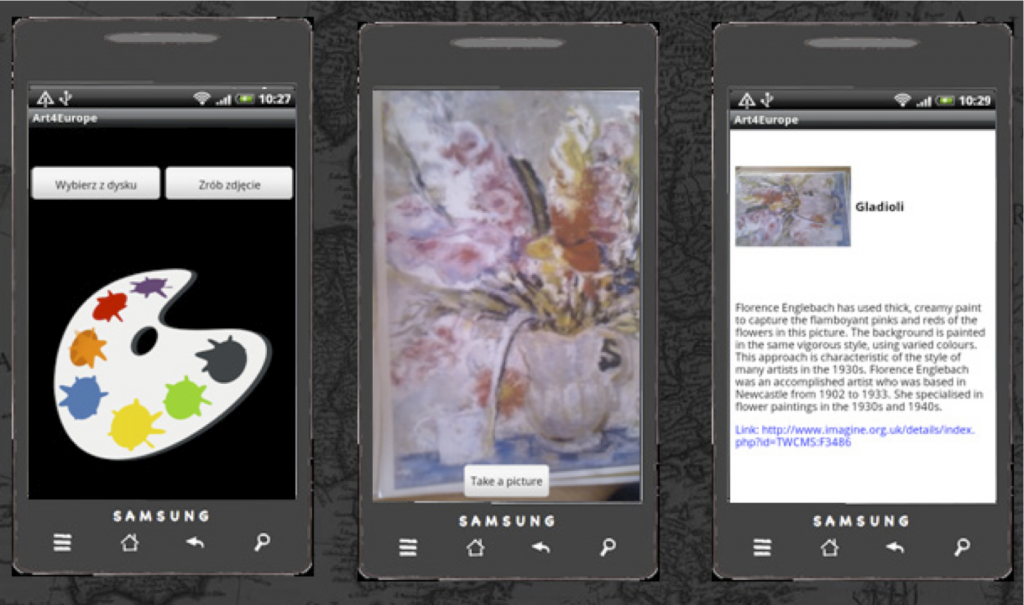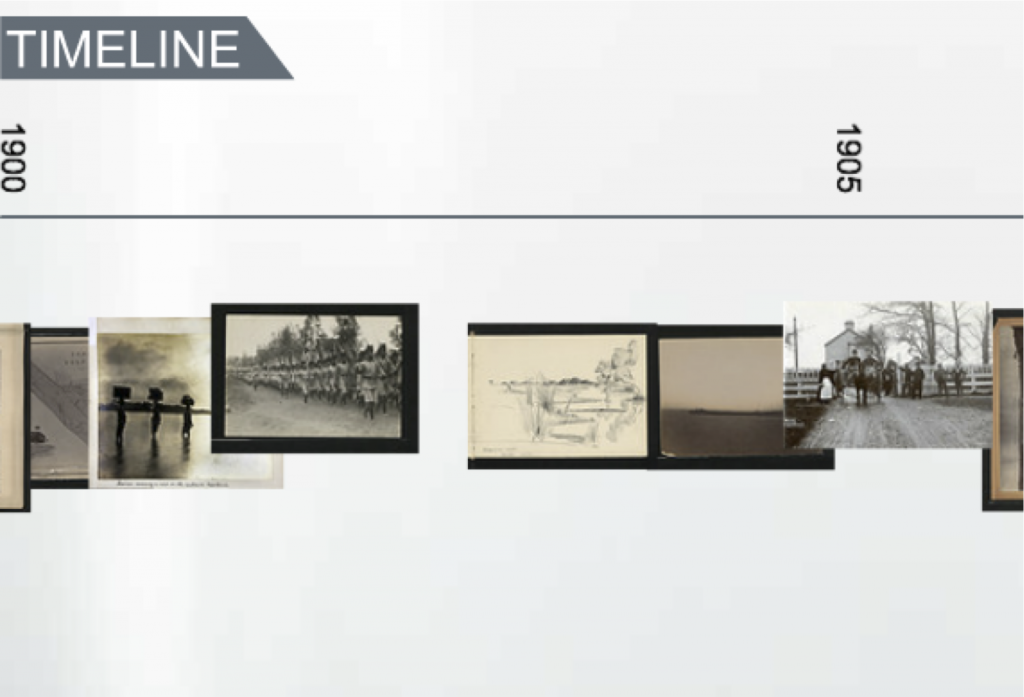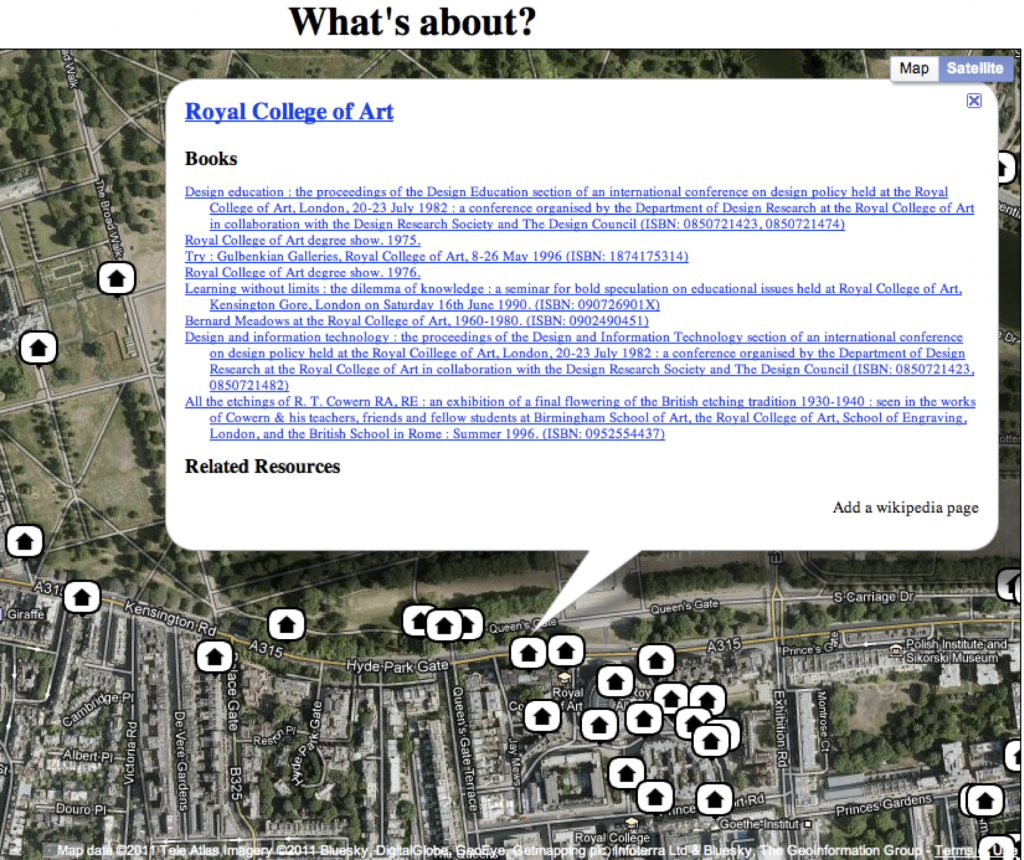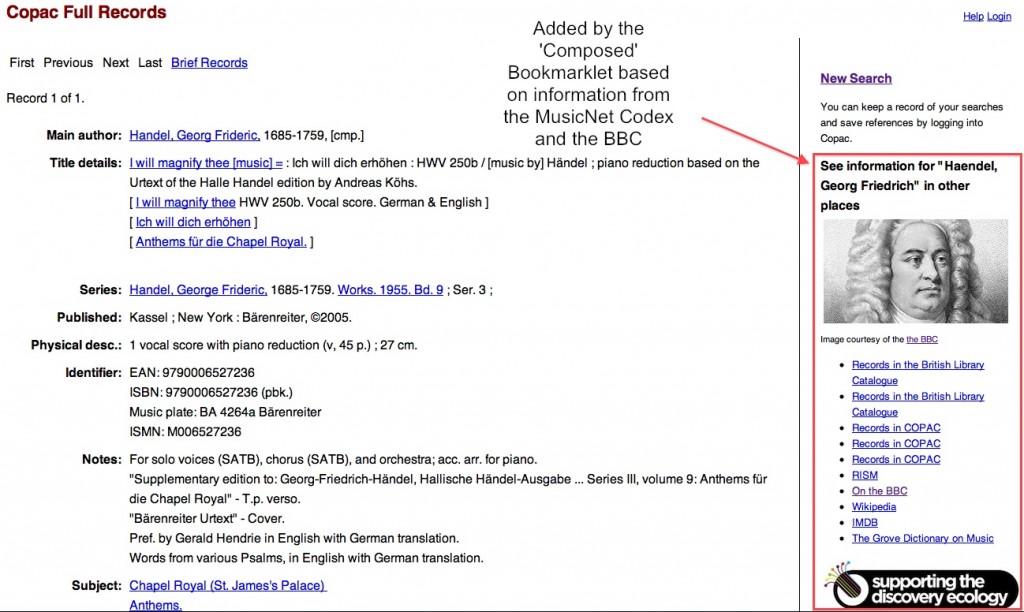Today I’m at the programme kick-off meeting for the JISC Mobile Infrastructure. There are 5+1 projects funded in this strand, as detailed by the programme manager, Ben Showers, in this blog post.
I’m working with Evidence Base on the ‘+1’ project which is a support project looking to establish a ‘mobile library community’ and ways of supporting projects/libraries/people working in this area. The first step on this path is the m-libraries support website http://m-libraries.info where @joeyanne has posted some introductory material outlining what we mean by ‘mobile libraries’ in this context (this is about use of mobile devices by and for library services, rather than about ‘collections on wheels’).
Today is an opportunity to hear about some of the other projects and meet the people involved. However, the aim of our support project is not just to support the current projects, but to start a platform for a growing community.
Some quick introductions to the projects:
Phonebooth
Twitter: @jiscphonebooth
Lead: London School of Economics
Partners: Edina
Summary (from http://infteam.jiscinvolve.org/wp/2011/10/11/mobile-infrastructure-for-libraries-new-projects/): PhoneBooth will repurpose the Charles Booth Maps, Descriptive of London Poverty and selected police notebooks, which record eye-witness descriptions of London street-by-street, for delivery to mobile devices. The project will enhance the current online delivery by enabling content to be delivered directly to the location to which it refers.
Introducing this is Ed Fay (@digitalfay). Existing online resource – the Charles Booth maps (http://booth.lse.ac.uk/) which includes maps, classification and notebooks, at a street by street level. They will keep the backend infrastructure, but put a new mobile client interface on it.
Accessing data at a street level is something that already occurs in the teaching of a specific course – but lots of paper based use at the moment. The mobile delivery fits really well into this teaching. Also expect interest from schools, genealogists etc. Also talked to staff at the Museum of London (who hold some of the Booth maps)
Ed stressed that focus is delivery of library content on mobile – not delivering a ‘teaching app’
Going to be an open web app – more sustainable
‘Support of new mobile devices’ is written into new LSE library strategy.
M-Biblio
Hashtag: #mbiblio
Lead: University of Bristol
Summary (from http://infteam.jiscinvolve.org/wp/2011/10/11/mobile-infrastructure-for-libraries-new-projects/): The project will enhance the learning and research activities of the University of Bristol’s academic community by developing a mobile application that can record and organise references to books, journals and other resources. These references can be added actively by scanning barcodes and QR codes, or passively by automatically recording RFID tags in items being used for study and research.
Mike Jones (http://www.bris.ac.uk/ilrt/people/mike-a-jones/overview.html) introducing M-Biblio. Want to develop a mobile application – and with permission collect user activity data
Hope that the library gets useful data – for resources that might not usually be borrowed – like journals, theses, and other “reference only” resources
The staff and students get useful tool
Can trail ‘near field communication’ (NFC) capabilities of newer Android phones – to read RFID tags in books (wonder if this is compatible)
Maybe other technologies …
Will use a web service as a ‘broker’ which will connect between phone clients and bibliographic sources (e.g. their library catalogue – Aleph) and stats collection.
Employing two User Experience and User Interface Design experts to help with those aspects, and engaging users – staff and students – in the process.
MACON
Hashtag: #oumacon
Lead: The Open University
Partners: EBSCO
Summary (from http://infteam.jiscinvolve.org/wp/2011/10/11/mobile-infrastructure-for-libraries-new-projects/): MACON will address challenges involved in delivering quality academic content to mobile devices in a seamless and user-friendly manner. The project will work with EBSCO, a major content and systems provider in order to prototype a mobile friendly resource discovery interface which will discover and expose quality academic content from both third party & local collections.
Introduced by Keren Mills from the OU. Aim to create a mobile interface to the EBSCO discovery tool… – and interested in whether people use it, and how they want to use it. Do they want to read on the mobile device? Do they want to bookmark or save stuff for later? Probably a mix.
Library users are not necessarily (or usually!) expert searchers – so need to look at how can take basic queries and still return useful & relevant results.
Already know that authentication can be an issue on mobile devices – often get bounced around authentication systems via redirects – and after a certain number of redirects the mobile browser can give up (more quickly than on a desktop). Thinking about ways of storing some local user information (via a bookmarklet?) to shortcut some of this and improve user experience.
Outcomes they are looking for:
- Prototype discovery tool for delivery of academic content to mobile devices
- Document detailed user requirements
- Report on user feedback and usability, mapped to type of device used
- Release the code through a suitable code repository
Want to also look at possible delivery of audio-visual content (locally held material)
Want to avoid native apps – users might well be starting from the web (e.g. via the Open University VLE etc.)
Also want to make sure that if the user clicks on a link to a publisher site, they aren’t suddenly in a non-mobile friendly interface – that is, use a publisher’s mobile interface where possible.
Two further projects have been funded that aren’t represented here today, both based at City University:
MoPED
Lead: City University, London
Summary (from http://infteam.jiscinvolve.org/wp/2011/10/11/mobile-infrastructure-for-libraries-new-projects/): The project will develop the MoPED system, which will combine mobile phone interaction with a public display in City University’s Main Library. The aim of the project is to investigate how to encourage the adoption of mobile services through a two-fold strategy: first, a strong, user-centred design process, commencing with an investigation of which mobile services are most likely to be beneficial; second, using an in-situ public display to promote (and assist getting access to) the library’s mobile services and to connect online services to the space of the library itself.
Learnmore
Lead: City University, London
The project will develop the Learnmore Mobile Application using a user-centred design process. Building on the current ‘desktop’ Learnmore content, the interface and content will be tailored to the actual needs of students using mobile devices, with considerations including the preferred media, topic and content size for mobile consumption.
Does size matter?
Some discussions of ‘what is mobile’ – the OU is thinking of devices with smaller than 10″ screens – as with iPads and similar devices the desktop interfaces work OK.
The PhoneBooth app is just not going to be usable below a certain size…
Suspect that the question of what aspects of a service or device that make it specifically ‘mobile’ is something that will come up again…
